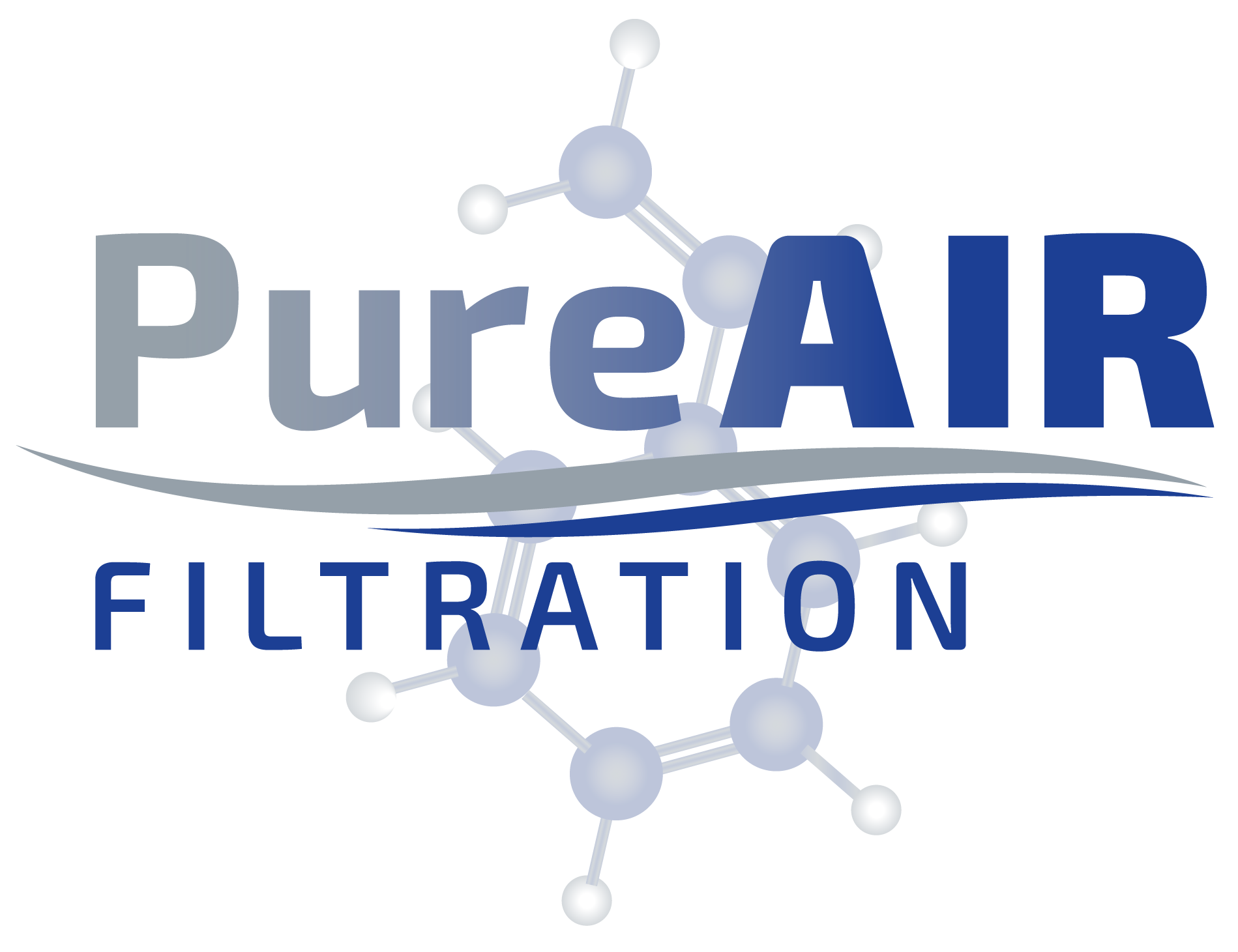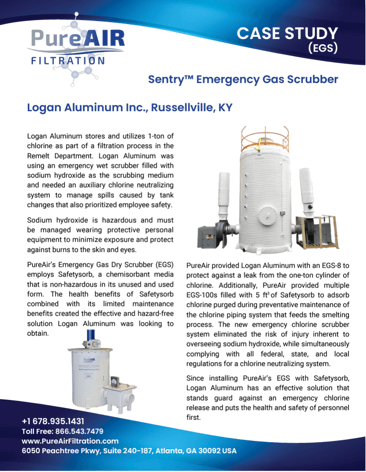Emergency Gas Removal
PureAir’s Emergency Gas Scrubber (EGS), in conjunction with Safetysorb adsorbent media, offers a dependable safety solution for addressing hazardous gas leaks. It stands as the optimal line of defense for facilities that store and utilize on-site toxic gases such as chlorine and ammonia, posing potential risks to the well-being and safety of their employees if a leak occurs.
Filled with Safetysorb adsorbent media, the Emergency Gas Scrubber (EGS) plays a crucial role in prioritizing employee safety and preventing hazardous gas leaks. The Safetysorb media remains on standby for adsorption, ready to act in the event of an emergency gas release.
Once a leak occurs, the EGS springs into action, capturing the escaping toxic gas before it poses a threat to employees and the surrounding community. As the toxic gas passes through a bank of Safetysorb, it is neutralized, resulting in the release of only clean air. Following its reaction with the toxic gas, Safetysorb produces a harmless by-product that can be safely disposed of as non-hazardous solid waste. This comprehensive process ensures effective containment of hazardous gases while minimizing environmental impact.
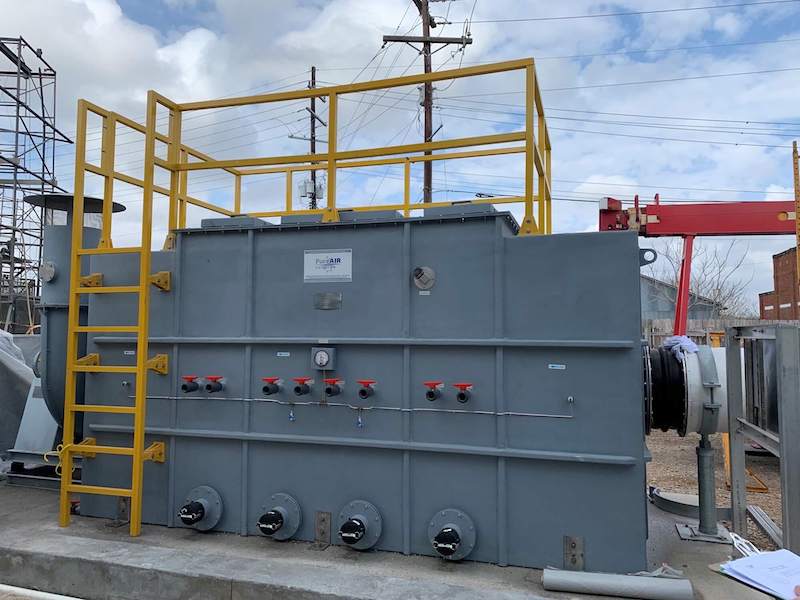
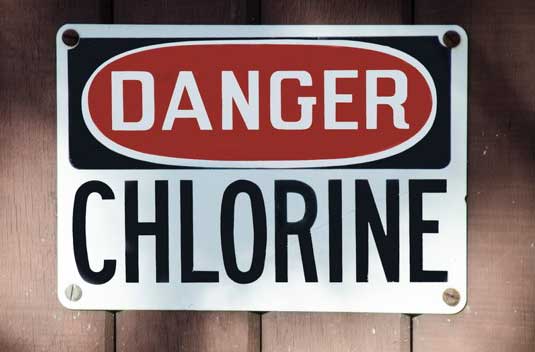
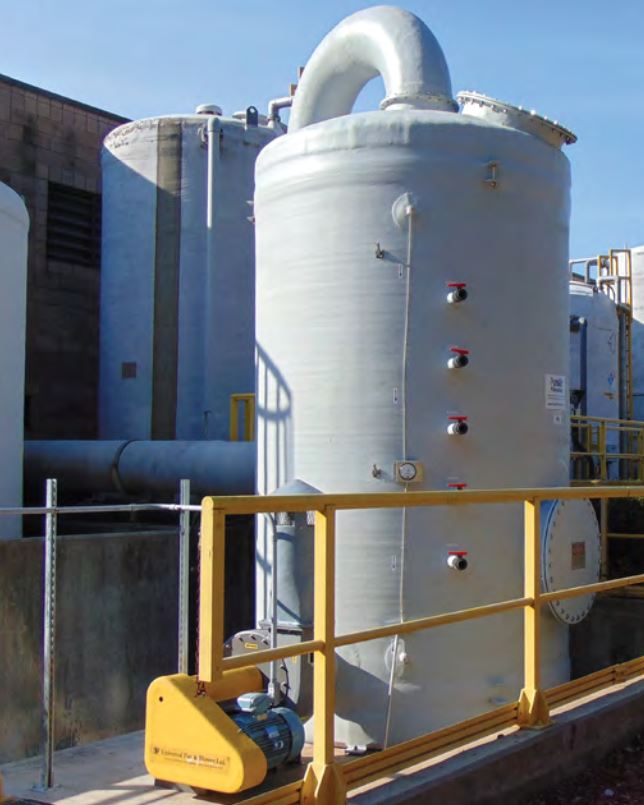
LOCATION: Russellville, KY
EQUIPMENT/MEDIA USED: Emergency Gas Dry Scrubber (EGS-100) filled with Safetysorb adsorbent media
PROBLEM: Logan Aluminum was using an emergency wet scrubber filled with sodium hydroxide as the scrubbing medium and needed an auxiliary chlorine neutralizing system to manage spills caused by tank changes that also prioritized employee safety.
SOLUTION: PureAir provided Logan Aluminum with an EGS-8 to protect against a leak from the one-ton cylinder of chlorine. Additionally, PureAir provided multiple EGS-100s filled with 5 ft3 of Safetysorb to adsorb chlorine purged during preventative maintenance of the chlorine piping system that feeds the smelting process. The new emergency chlorine scrubber system eliminated the risk of injury inherent to overseeing sodium hydroxide, while simultaneously complying with all federal, state, and local regulations for a chlorine neutralizing system.
